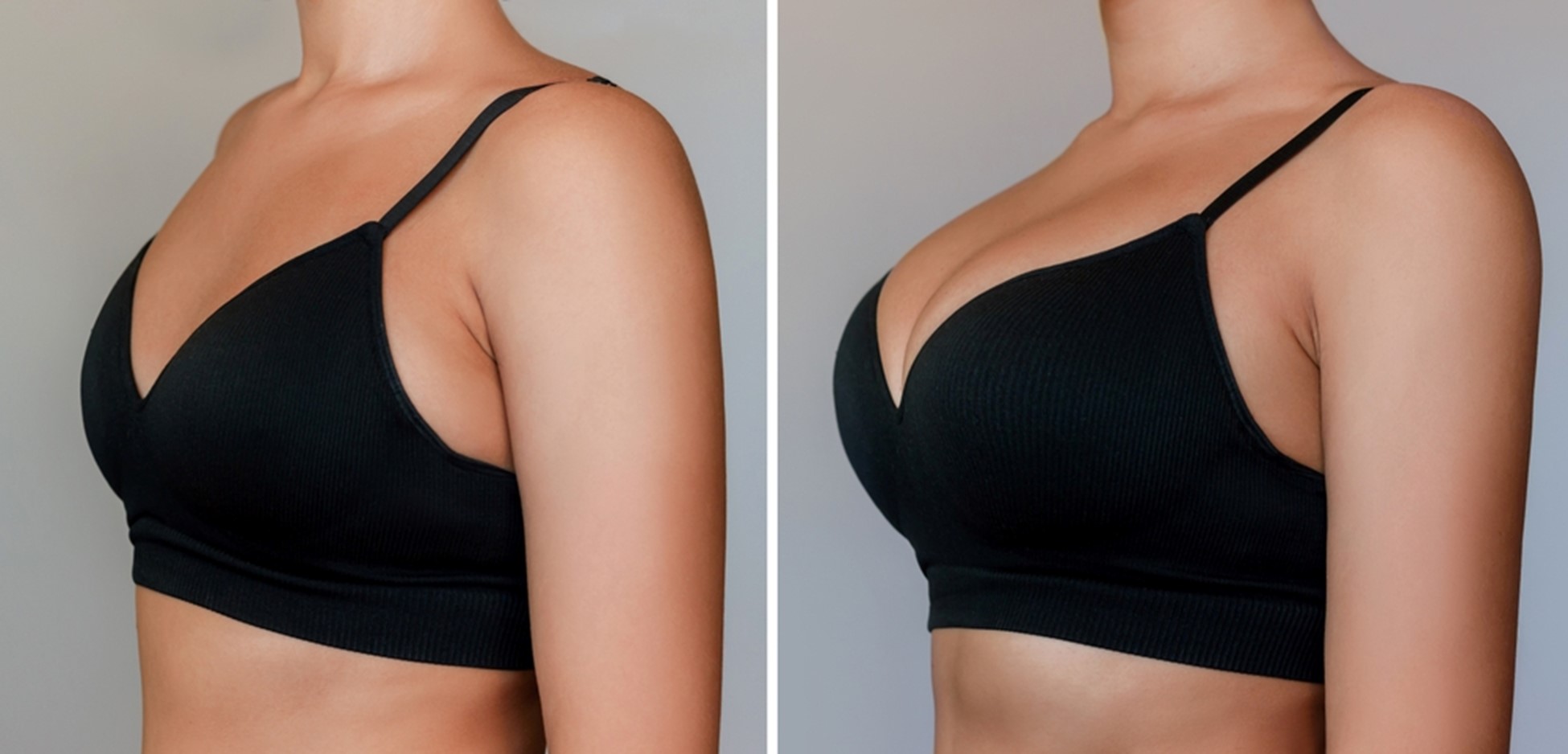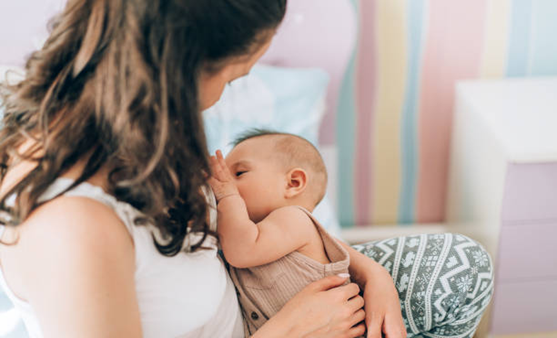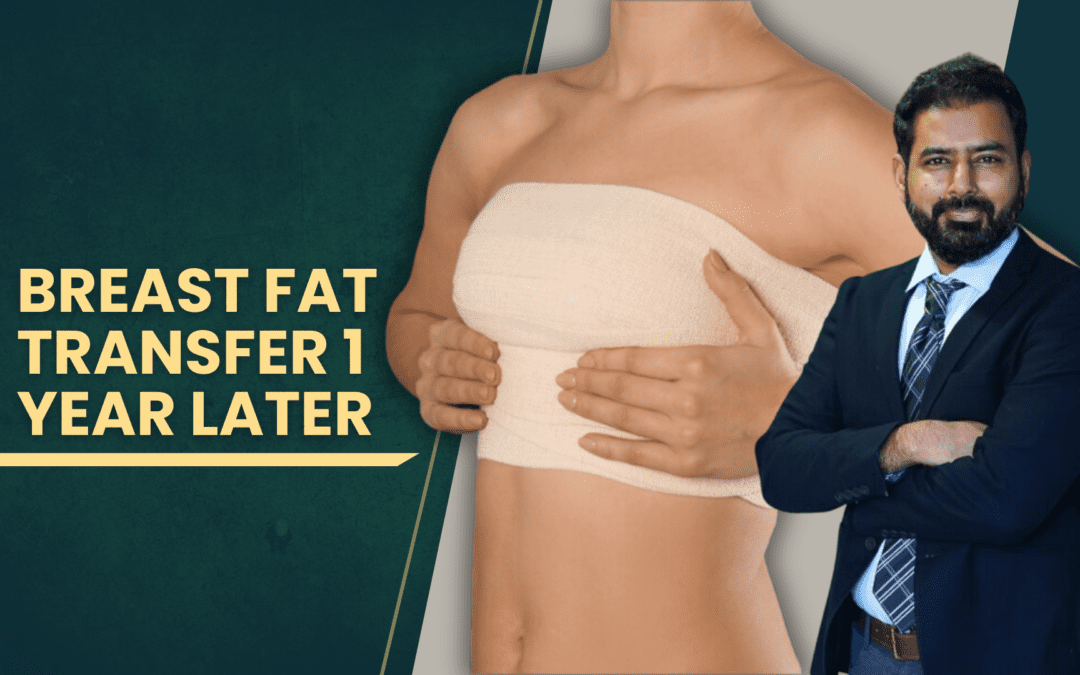Are you curious about the effects of breast fat transfer 1 year later? It is natural to wonder how the procedure evolves. Many patients are amazed by the enduring, natural results one year after the treatment.
Dr. Harikiran Chekuri, recognized as one of the best plastic surgeon in Hyderabad, explains, “The real test of breast fat transfer is how beautifully it settles and sustains over time.”

Understanding breast fat transfer 1 year later

Breast fat transfer, also known as autologous fat grafting, is a procedure that uses your body fat to enhance breast volume and shape. But what happens after the initial excitement of surgery?
One year later, the results often tell the real story. By this time, the transferred fat cells have either integrated with the surrounding tissue or been naturally absorbed by the body. This process allows the breasts to settle into their final shape, often resulting in a fuller, more natural appearance.
Dr. Harikiran Chekuri, an expert in breast augmentation surgery in Hyderabad, notes that this one-year mark is crucial for assessing the true success of the procedure. The body has had time to heal, and the results you see now are mostly long-lasting. The procedure’s effectiveness is demonstrated by how well the fat has taken hold, enhancing the breasts in a way that feels and looks natural.
What can you expect 1 year after breast fat transfer?

As you reach the one-year milestone after your breast fat transfer, several key outcomes can be expected. The results you see now aregenerally stable, with the final shape and volume of your breasts having taken form. Here’s what to anticipate:
- Consistent volume: By this time, the successfully integrated fat must have stabilized, providing a consistent fullness that aligns with your body’s natural contours.
- Natural feel: The transferred fat blends smoothly with your existing breast tissue, creating a soft, natural feel virtually indistinguishable from the surrounding tissue.
- Enduring shape: The contours and shape of your breasts should now be well-defined and long-lasting, with minimal changes expected moving forward.
Potential concerns 1 year after breast fat transfer

While breast fat transfer is generally a safe and effective procedure, it is natural to have concerns about what to expect a year later. Understanding these potential issues can help set realistic expectations and ensure you feel confident about your results.
- Volume fluctuation: Although most of the transferred fat stabilizes within a few months, there might be slight fluctuations in volume over time. This can occur due to weight changes or the body’s natural fat absorption process.
- Asymmetry: Some patients may notice slight asymmetry in their breasts as the fat settles. While minor differences are normal, noticeable asymmetry can be a concern. This is often addressed with a follow-up consultation to discuss possible corrective measures if necessary.
- Fat reabsorption: All the transferred fat cells will not survive the process. Some may get reabsorbed by the body over time. This can lead to a slight decrease in volume.
- Changes in shape: Although the results are generally long-lasting, some patients might observe subtle changes in breast shape over time. This can be influenced by aging, weight fluctuations, or hormonal changes, but these variations are usually minimal.
Dr. Harikiran Chekuri advises, “Regular follow-up appointments are important to monitor the results and address concerns. Open communication with your surgeon ensures that potential issues are managed effectively.”
Can I breastfeed 1 year after breast fat transfer?

One common concern for women considering or having undergone breast fat transfer is whether they will be able to breastfeed in the future. The good news is that breast fat transfer generally does not interfere with your ability to breastfeed.
Since this procedure involves transferring fat from one part of your body to your breasts, rather than using implants or surgical alterations that might affect the milk ducts or glands, the functionality of your breasts typically remains intact.
A year after the procedure, most women should have no issues with breastfeeding. However, it is necessary to remember that individual experiences may vary. Factors such as the amount of fat transferred, the areas of the breast where the fat was injected, and your overall health can influence your ability to breastfeed.
If you have concerns about breastfeeding after breast fat transfer, it is always a good idea to discuss them with your healthcare provider to ensure you are fully informed and prepared.
When to visit the doctor?
Knowing when to schedule a follow-up visit after breast fat transfer is essential for ensuring your results are progressing as expected. While the procedure is generally low-risk and recovery is smooth, there are certain times when a visit to your doctor is recommended:
- Regular follow-up appointments: Mostly, your surgeon will schedule follow-up visits at specific intervals, such as a few weeks, six months, and one year after the procedure. These appointments are crucial for assessing how well the fat has settled and addressing any concerns you may have.
- Unexpected changes: If you notice significant changes in breast shape, size, or symmetry, it is crucial to consult your doctor. Although some changes are normal as your body adjusts, noticeable differences could indicate that the fat has not settled evenly or that reabsorption has occurred more than expected.
- Discomfort or complications: While mild discomfort is normal during the healing process, persistent pain, swelling, or redness could be signs of complications, such as infection or fat necrosis (where some fat cells die and form lumps). If you experience any of these symptoms, see your doctor promptly.
- Future health concerns: If you are planning to become pregnant or have other health conditions that may affect your breasts, discussing these with your doctor is advisable. They can guide how your breast fat transfer results may be impacted and whether additional monitoring is needed.
Final Note
Breast fat transfer is a procedure that delivers natural, long-lasting results, particularly when performed by a skilled surgeon. Whether you are in the early stages of recovery or assessing your results one year later, staying informed and proactive about your post-procedure care is crucial. At Redefine Center, fat transfer for breast augmentation in Hyderabad has become a sought-after option for those seeking subtle, natural enhancements under the expertise of Dr. Harikiran Chekuri.
FAQs
Should I wear a bra after fat transfer to breast?
How long does fat transfer last in breasts?
Do fat transfer breasts feel natural?
Disclaimer: The information shared in this content is for educational purposes only and not for promotional use.








